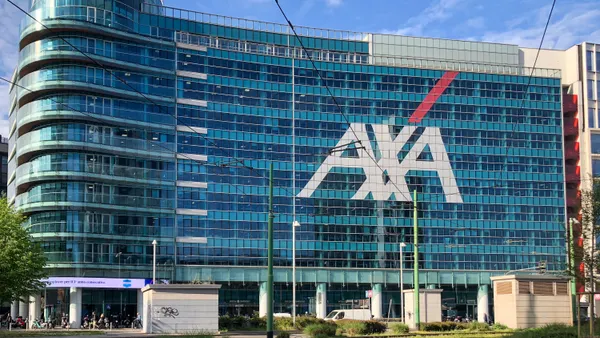Nearly six months into a national shift to remote work, employment data in IT depicts a tech industry showing signs of recovery from the pandemic, with an increase in the unemployment rate for IT occupations but notable job gains in the IT services sector.
The unemployment rate for IT occupations reached 4.6%, above the previous month's 4.4%, according to CompTIA analysis of the Bureau of Labor Statistics' monthly report, published Friday.
National data in the monthly report showed a recovering economy, with 1.4 million jobs added in August and an overall unemployment rate that fell to 8.4% from 14.7% in April 2020.
The employment uptick in the IT services category is one positive sign for the industry. IT services growth was driven by an increased demand for cybersecurity and cloud services as businesses adjusted to new ways of working.

The gradual restart of harder-hit sectors like travel and tourism also signify a positive effect on IT employment.
"We saw gains in manufacturing in the IT services sector," said Tim Herbert, EVP for research and market intelligence at CompTIA. "It was encouraging to see both manufacturing and IT services returned to the positive. There were quite a few months where those were trending down."
Forces lifting IT services
Early in the pandemic, there was an explosion of virtualization and cloud adoption.
"A lot of companies whose business continuity plans weren't as mature as they needed to be to go fully remote, fully digital … had to rush to digitize the assets, from a technology perspective, that were needed to run their day to day operations," said Paul Wallenberg, director of technology at staffing firm LaSalle Network.
That portion of the strategy is done, with tech leaders focusing on making their early playbooks sustainable long-term. Cue the IT services industry, the largest category within IT, which also includes the highest number of small businesses in the tech sector.
"Certainly there was some concern that the impact on some of these small companies could have been longer lasting than what would have been healthy for the sector," said Herbert.
A combination of factors is pushing the vertical back up. The need for services to digitize processes is one of the forces at play, but there's also the gradual reactivation of industry verticals previously in survival mode, such as travel and entertainment.
Government support through the Paycheck Protection Program may have also helped stop the bleeding, according to CompTIA.
"Quite a few of the small companies do report receiving some type of PPP or some other government loans which supported many small businesses," said Herbert. "That has helped to bolster some of the employment. At the same time we know though that that is a very problematic program, and others that were probably in need that did not receive funding."
What's next?
Economists warn that even though the recent jobs report beat expectations, the labor market recovery is stalling, with the easier gains already recouped.
In the Great Recession, between 2008 and 2010, the unemployment rate among tech occupations hit 6.5%, a similar rate to that experienced during the dot-com bubble.
"If you're using that as a reference point, we're still holding up fairly well compared to that period," Herbert said.
What follows, in the tech sector, is an opportunity for vendors and providers to show their value. The pivot to remote work has been mostly completed at the enterprise level, meaning IT services companies need to align with what CIOs say are their priorities at the moment: finding quick returns on investment with IT projects and helping reduce cost.
The long-term effect the pandemic will have on tech employment and talent demand remains to be seen. But employers will continue to need the workers that can infuse agility and connectivity into their business.
"People are still going to go quickly when they're on the market," said Wallenberg.















